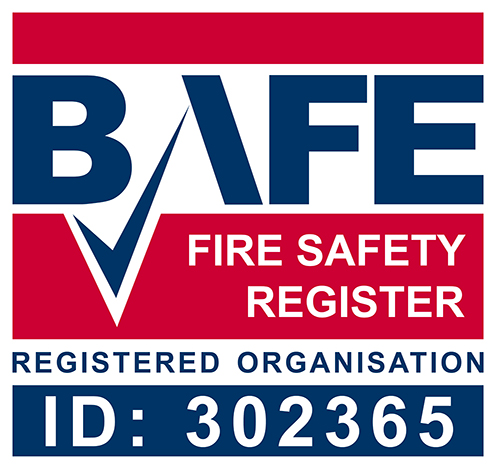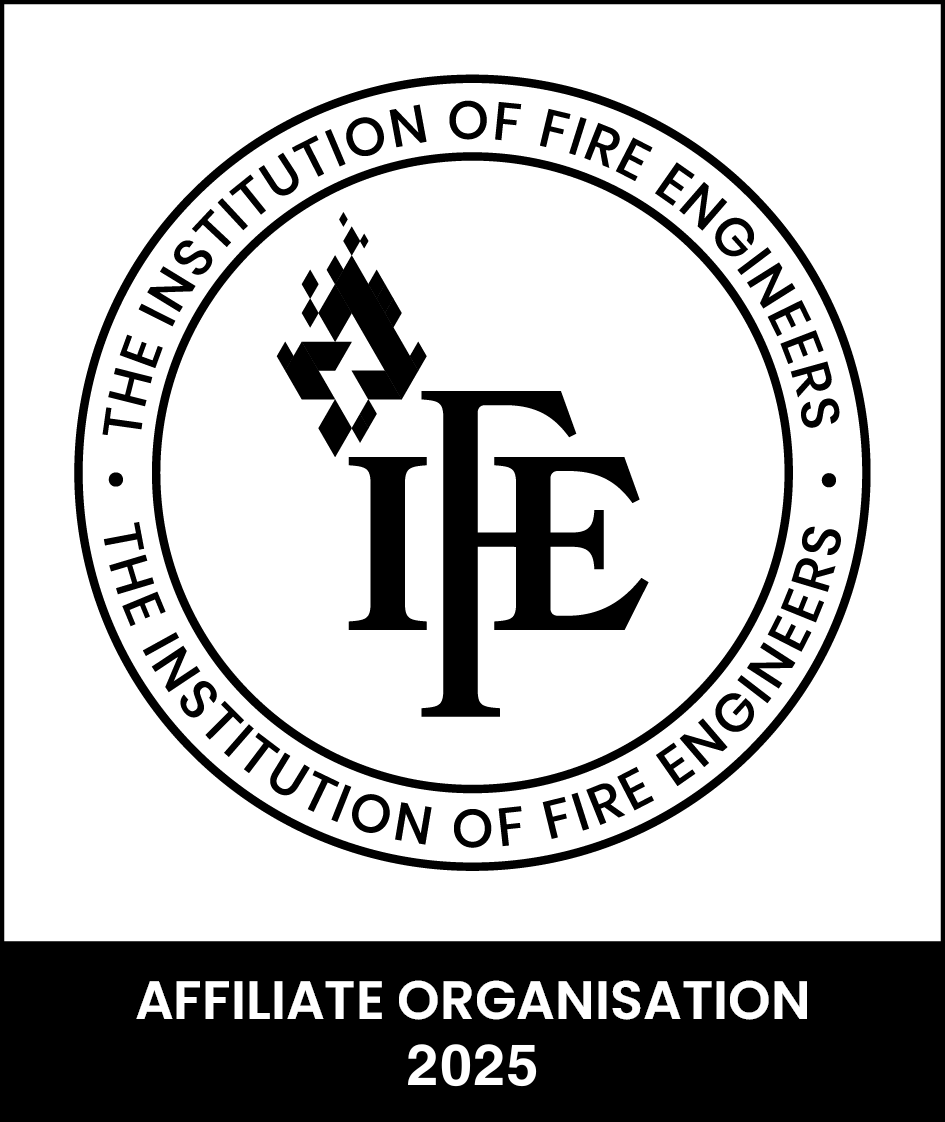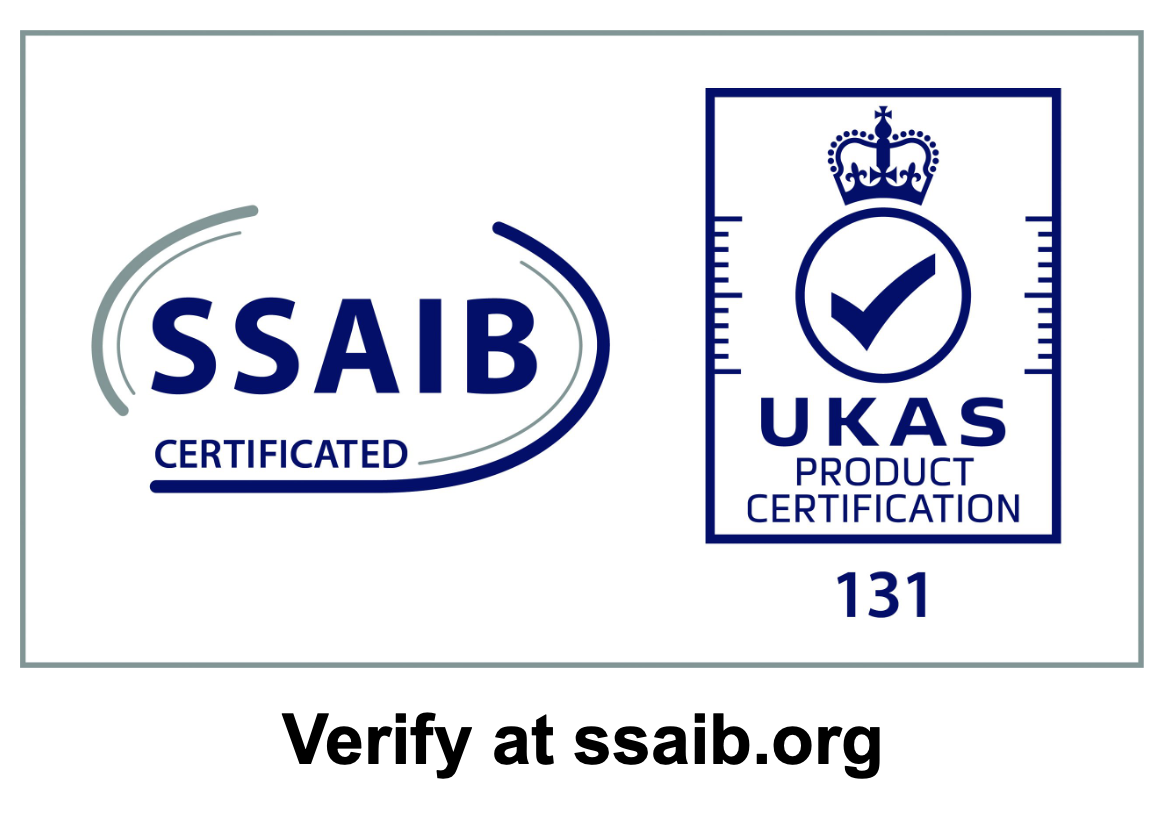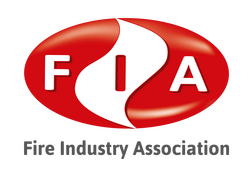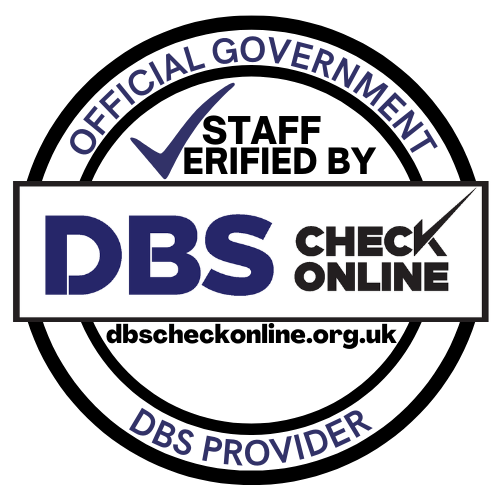The Regulatory Reform (Fire Safety) Order 2005 states that the Responsible Person should complete or facilitate a suitable and sufficient fire risk assessment (FRA) for their premises. Generally, there are 5 main steps to carrying out a fire risk assessment.
A suitable and sufficient Fire Risk Assessment can be identified as having the following characteristics:
- A thorough assessment, or series of assessments, covering the entire premises
- Fire hazards have been identified and a consideration has been made for those who may be affected and the number of persons who may be affected
- A holistic approach has been taken and the correct precautions have been recommended based on the risk and risk level
- The ‘competence’ of the Fire Risk Assessor and their suitability to carry out the FRA based on their knowledge and experience for your individual premises
Step 1 – Identifying People at Risk
- Who is at risk?
- How many people are at risk?
- Considerations for external visitors and those unfamiliar with the premises
- Considerations for those who may need assistance to evacuate
Step 2 – Identifying Fire Hazards
- Sources of Ignition
- Sources of Fuel
- Sources of Oxygen
Step 3 – Evaluating the Risks
- Assessing the adequacy of the existing Fire Safety Measures
- Assessing suitability of the escape routes and are escape routes maintained?
- Reviewing the fire spread risk. Are fire doors present, sufficient and maintained? Is the compartmentation adequate and sufficient for the occupancy type and evacuation strategy?
- Exit lighting. Is there a reasonable level of emergency lighting provided and does it conform to BS5266?
- Is there a reasonable standard of fire safety signage and fire action notices?
- Is there a suitable means for early warning and detection and is it relevant to the type of premises and occupancy type
- Fire extinguishers and extinguishing devices
- Automatic extinguishing systems
- Fire service provisions. Could the fire service access the premises unhindered. Appropriate means for firefighting vehicles? Reasonable distance between the nearest Fire Hydrant in relation to the building entrance?
- Testing and maintenance of fire safety systems
Step 4 – Recording the Findings
- Are records suitable and sufficient, managed and kept up to date
- Are records kept readily available for inspection
- Are other records kept up to date such as staff fire awareness training, false alarm occurrences and servicing of all other fire safety systems
Step 5 – Review and Revise
- Is there an agreed policy in place to regularly review the Fire Risk Assessment?
- Does the Fire Risk Assessment need reviewing sooner than on an annual basis? For example, following a fire or following a major change to the building including a change to building management?
- Are the risks identified in the Fire Risk Assessment forming the action plan being actively reviewed and actioned to either eliminate the risk or to manage the risk to lower its severity?
You can find detail on what a Fire Risk Assessment is and why it is needed in a previous blog post here.
To find out more about our Fire Risk Assessments enquire online or call us on 0330 133 2150
Not sure where to start?
Speak to our teamKey accreditations
We recognise the importance of maintaining high levels of accreditation as a company, and as individuals. Our certifications include The Institute of Fire Safety Managers (IFSM), The Institution of Fire Engineers (IFE), and The Fire Industry Association (FIA). We’re third-party accredited by BAFE for Fire Risk Assessments, and our assessors are registered on the IFSM Fire Risk Assessors Register.


